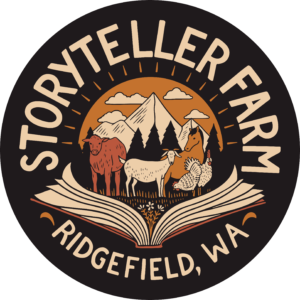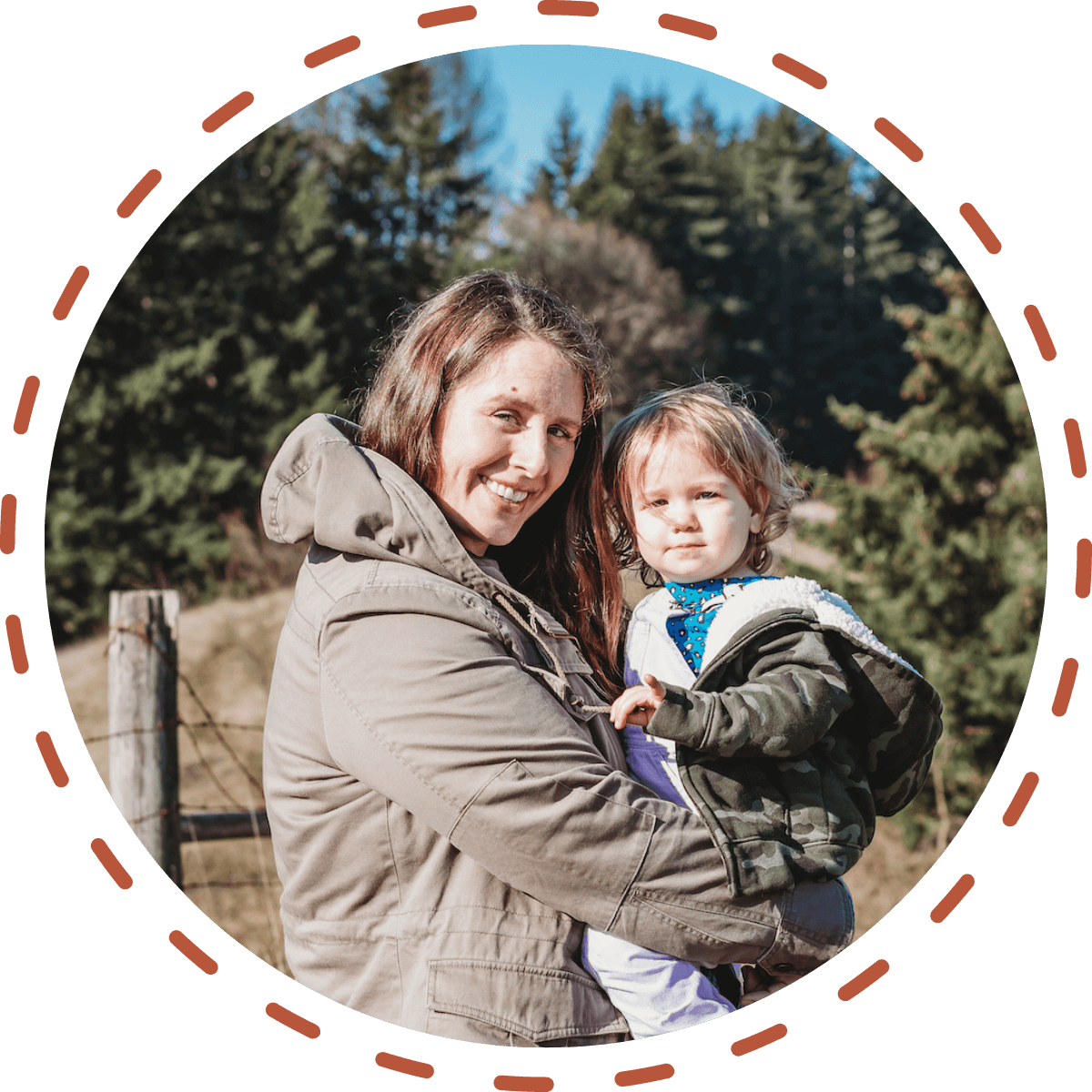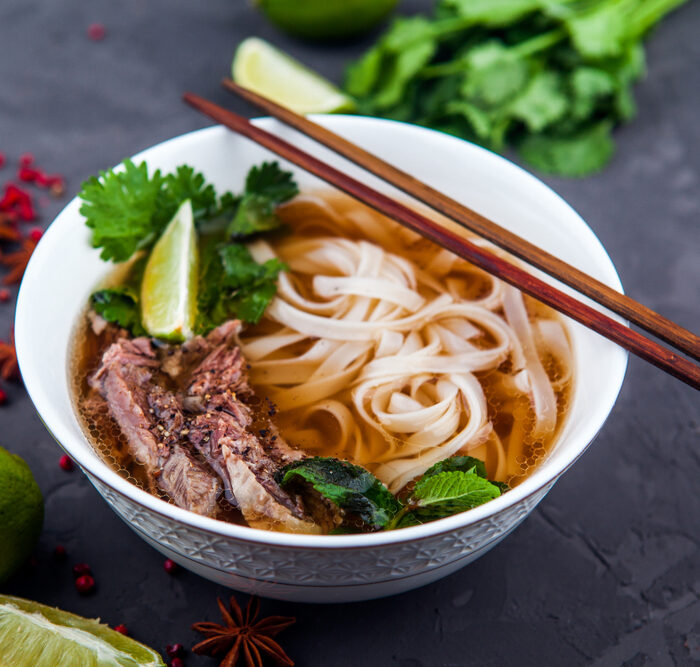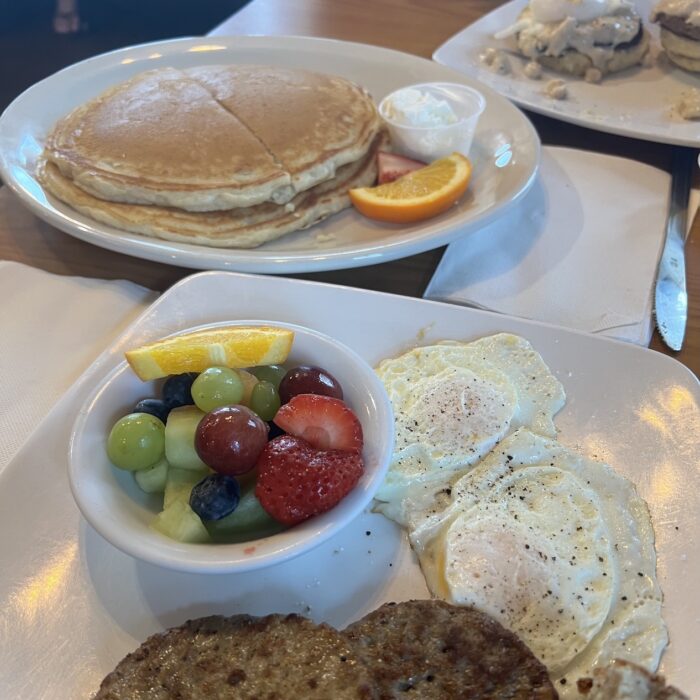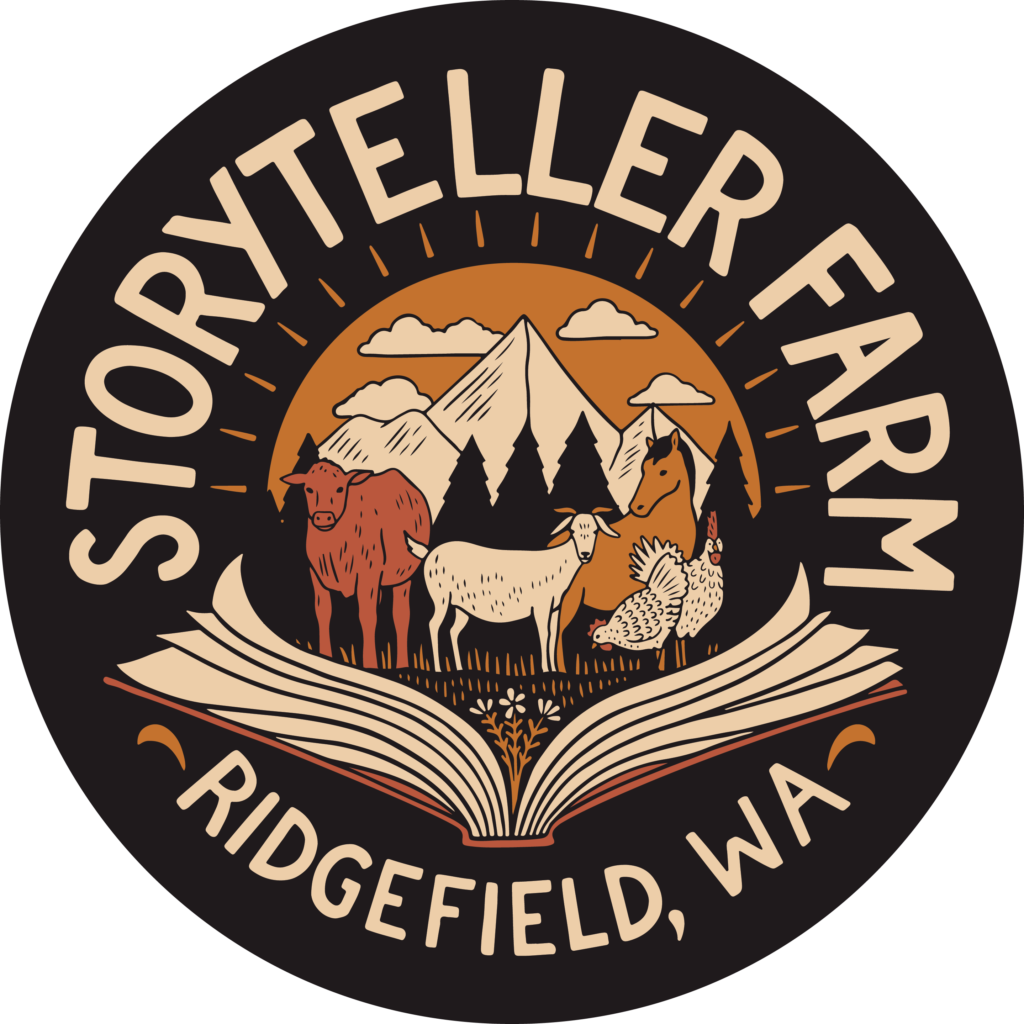Buying meat directly from the producer can be intimidating, especially if this is something you’ve never done before. My goal is to help people that are interested in purchasing locally grown meat feel confident to try it. I’m going to explain the two main options for purchasing it and how the processes work.
First of all, I just want to encourage you that farmers, ranchers, orchardists, or any other type of producer, in general, loves to talk about agriculture. If you have questions, feel free to ask them! There is so much work, physical, mental, and emotional that is involved with producing food. My farming and ranching friends want to take care of their customers and view feeding someone else’s family as a kindred experience.
Options for Buying Direct
There are two main options for buying meat directly from the producer. The more common way is to buy it by the share or buy it custom. You might also hear the phrase “off the hoof.” This means that you would technically be purchasing part or all of the live animal. It is the bulk-buying option and also the option that allows you to customize your purchase with the butcher. The other option is to purchase by the cut, which is when farmers can sell meat in individual packages and smaller bundles. At this time, Storyteller Farm sells grass-fed beef in both methods.
Purchasing a Share
This method is the more common way to purchase directly from the producer but can seem intimidating at first. Hopefully this section will help take some of the mystery out of the process. This is your “Costco” type option. Buying in bulk will save you money and ensure your freezer is full, but it is a larger upfront cost and you need to have the storage space.
Essentially the customer is purchasing a fraction of the live animal. The farmer will make the arrangements, but the customer is responsible for paying the slaughter fee, giving the butcher shop directions for processing, and paying the butcher directly for the cut and wrap. Once it’s finished, the customer picks it up from the butcher shop and it cannot be resold at that point.
The price to the farmer is calculated by “the hanging weight,” which is what the animal weighs after the initial processing. Approximately 60% of the hanging weight will be the meat to take home and put in the freezer. After this step, it hangs in the butcher shop for about 21 days. Then the butcher cuts it and wraps it according to your preferences. Then it heads to the freezer until you pick it up. Expect the process from slaughter date to meat pick up to take about a month.
Buying by the Cut
As more customers are seeing the value of purchasing locally grown food, selling by the cut is becoming more common. This method is your “Whole Foods” type option. If you want to eat farm fresh meat but do not want the financial or storage commitment, this option is for you. This option is also for you if you are curious about trying meat straight from the farm but aren’t sure if you’re going to like it, or if your kids will like it, etc. This is a great way to try it without a lot of obligation.
In order to sell by the cut, the meat has to be processed at a USDA-inspected facility and food storage permitting depending on the state. The packaging will say where it was processed and will have a weight on the label. Storyteller Farm sells meat this way also. Customers can purchase as little or as much as they want as long as it’s in stock. We have a couple of different bundle options as a way to save when making larger purchases. It’s available to purchase through our online shop or by messaging me directly.
Storyteller Farm has designated times customers can pick up the order on the farm. We also offer delivery with a minimum purchase of $100 to Ridgefield, Battle Ground, Vancouver, and the rest of Clark County WA.
